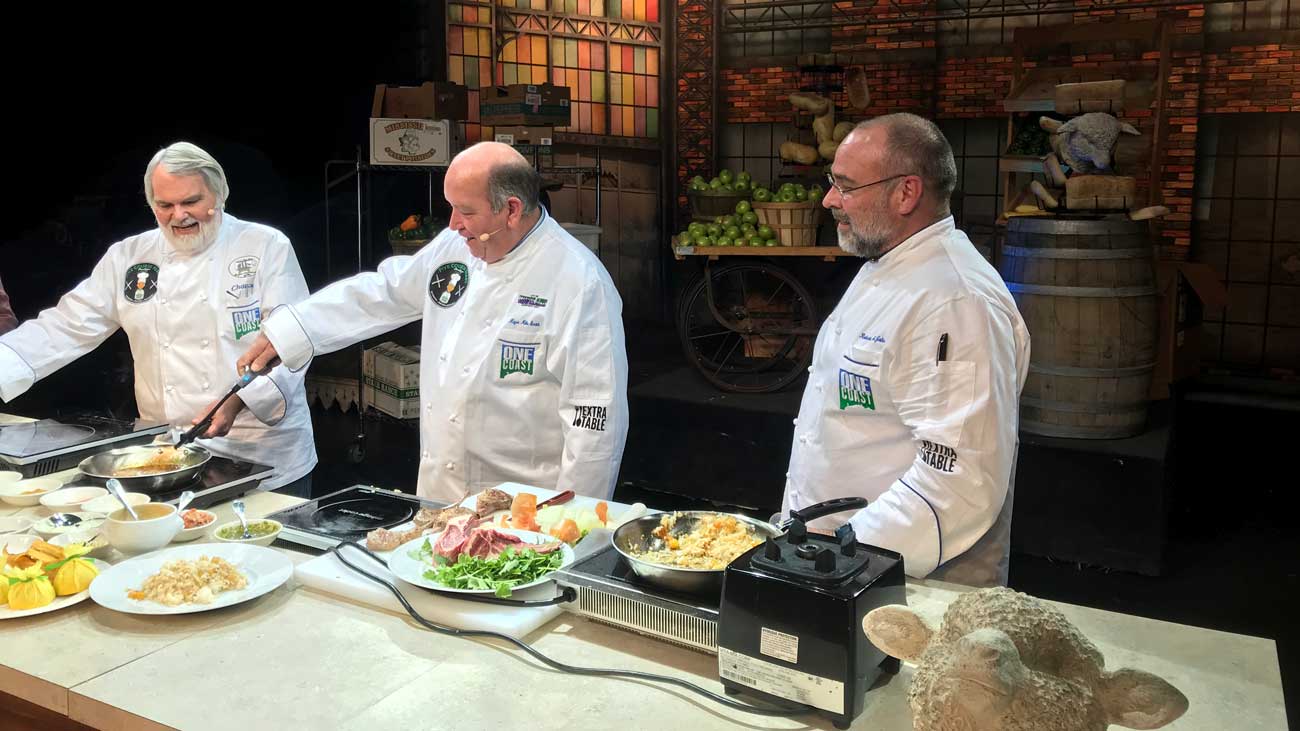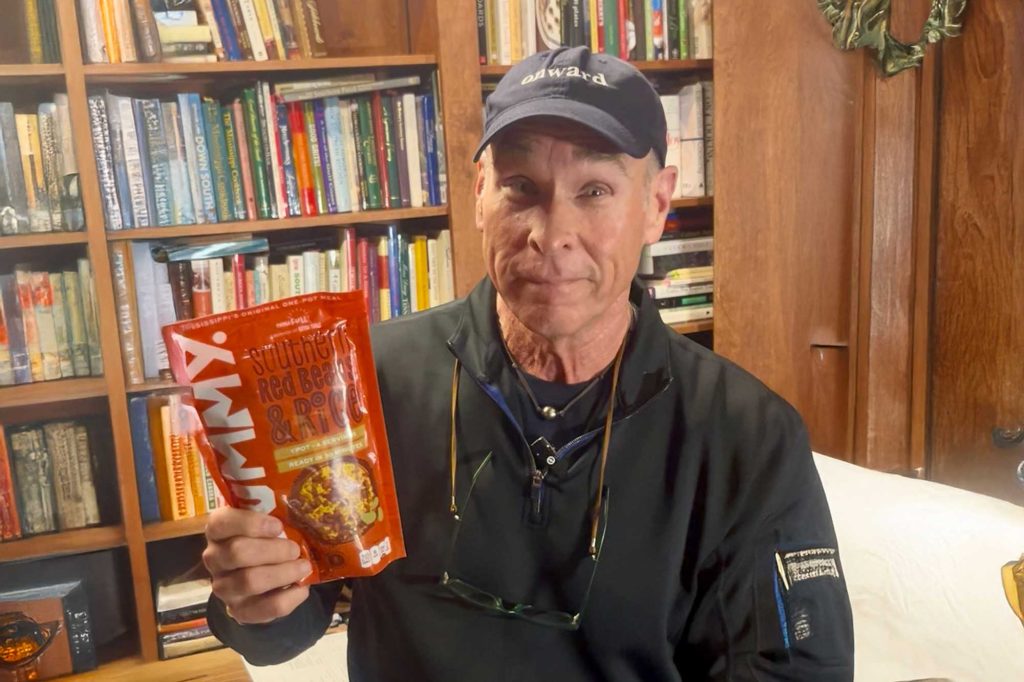Breakfast is my favorite meal of the day.
I have always attached a certain reverence to the day’s first meal. I am not sure why, possibly it’s fond childhood memories, maybe it’s that I’ve become a morning person as I have grown longer in the tooth, more than likely it’s because breakfast food is good.
I never miss breakfast. Unlike lunch and dinner, my morning meals tend to be repetitive and constant. Two years ago I was eating an oatmeal concoction I created six mornings a week. I rode that whole-grain fiber-laden horse for about eighteen months.
For the past year, I’ve been on a bagel and scrambled egg kick. The daily order started out as: two buttered bagels, and two scrambled eggs. Though in September I became a vegan for a month so I couldn’t eat butter or eggs.
I considered temporarily switching back to my oatmeal, but I always use milk when preparing hot cereal. Pancakes were out of the question, cinnamon rolls, and donuts, too. It was when faced with this dilemma that I created the breakfast that I have stuck with for the last five months– whole wheat bagels dipped in extra virgin olive oil.
I wanted a buttered bagel, but dairy was on the vegan no-no list. One morning, early into the vegan challenge, I was in my office just about to head downtown to the corner bagel shop. This happened to be during the time we were sourcing raw ingredients and products for our new Italian restaurant. I saw a gallon can of imported Italian extra virgin olive oil sitting in the corner and I grabbed it on my way out of the door, and my next breakfast was born.
I have always loved freshly baked focaccia and olive oil at the beginning of a meal, but I had never thought of olive oil for breakfast. I love it. I gave Chris, the owner of the bagel shop, the can of extra virgin olive oil and told him to stash it behind the counter. For the entire month of veganism I ate two wheat bagels served alongside a small saucer of extra virgin olive oil. Simple. Flavorful. Beautiful.
The key is using freshly baked bagels and the best quality extra virgin olive oil. I grind a little sea salt into the olive oil, too. In the end, it’s probably more important to have good quality olive oil than it is to have fresh bread.
In doing research for this new Italian concept, I have learned a lot about olive oil. There are many blends of olive oil on the market, and many that say extra virgin that might not be of good quality.
I type this as I am dipping a bagel into salted extra virgin olive oil and thinking about my friend Elaine Trigiani. I don’t know anyone who knows more about olive oil than Elaine. She lives in Italy 10 months out of the year, develops and hosts culinary travel programs and is certified as an official olive oil taster by the region of Tuscany.
Elaine says, “The only way to determine the quality of olive oil is to taste it. Everyone should ignore the front label. Words such as ‘first press’ and ‘cold press’ are all marketing terms. There is only one press.” Trigiani also warns consumers of the term “product of Italy.”
“The key is on the back label. What one should look for is the origin of the olives. A bottle might say ‘Italy’ on the front, but the olives might have been shipped from Tunisia or Turkey and processed in Italy.”
Ultimately, olives are a fruit; therefore olive oil is fruit juice. “Olives need to be pressed within 24 hours of picking,” says Trigiani. “You wouldn’t use old, bruised oranges to make orange juice. The same goes for olive oil. Olives can’t be stacked and shipped over long distances or they will bruise and eventually begin to ferment.”
Trigiani recommends three Italian olive oils: Pruneti, Titone, and a Sicilian oil pressed by winemaker Arianna Occhipinti. She also recommends the American-made olive oil, Bozzano, pressed in Modesto, California that is naturally decanted allowing the oil to separate from the sediment, naturally. Make sure to keep your olive oil in a cool dark place, as light and heat are enemies of good oil.
Lately, I have wondered what my next steady breakfast meal might be once I get through with this olive oil phase, but as of right now I don’t see an end in sight. I might be eating olive oil for breakfast for years to come.
To take a guided culinary tour the next time you’re in Tuscany, contact Elaine Trigiani at www.delladonnainc.com .
Elaine Trigiani’s Olive Oil Brownies
3/4 cup soft wheat flour
1/2 teaspoon baking powder
2 eggs
1 cup sugar
seeds from 1/2 vanilla bean, split lengthwise and scraped with the back of a knife
1/2 cup Extra Virgin olive oil (best quality)
6 tablespoons cocoa
1 cup pecans, coarsely chopped
OR 3/4 cup hazelnuts, finely chopped, toasted (this makes it truly Italian)
1/2 teaspoon fine sea salt
Preheat oven to 325 °F.
Mix together the flour, salt and baking powder and set aside.
In the bowl of a stand mixer fitted with the paddle attachment beat the eggs, sugar and vanilla on medium speed until the eggs are light yellow and more than doubled in volume.
On low speed mix in the olive oil and the cocoa. Slowly mix in the reserved flour mixture and the nuts.
Prepare an 8 x 8 x 2 inch pan by coating it lightly with olive oil and flour, and if you like, a sheet of parchment paper cut to fit the bottom of the pan.
Spoon the batter into the prepared pan, sprinkle the sea salt over the batter and bake for about 30 – 35 minutes or until a toothpick stuck into the center comes out clean.
Cool in pan, cut into squares to serve.
Yield: 16 brownies



